Subtotal
$0
U.S. Shipping
FREE
Saved for Later
Shopping Cart
Subtotal
$0
U.S. Shipping
FREE
Saved for Later
“I have always considered landscapes to be the most beautiful thing I could paint: from stark mountain peaks and dramatic canyon walls to sunlight glittering through the trees.”
- Erin Hanson
While artists flocked to France to learn or develop the latest Post-Impressionist style, the love for pure Impressionism never died. In fact, Impressionism spread around the world, heralding the beginning of modern art. Artists like Charles Condor, Lovis Corinth, Walter Sickert, Mary Cassatt, Joaquin Sorolla Y Bastida, and many others painted Impressionist works all over the world.
During the late 19th and early 20th centuries, Impressionism found its way into Australia, Italy, Spain, Russia, America, Denmark, Sweden, the United Kingdom, Holland, Germany, and Austria. Some of these artists formed groups like Britain’s Camden Town Group, America’s The Ten, and - perhaps most famously - Canada’s Group of Seven.
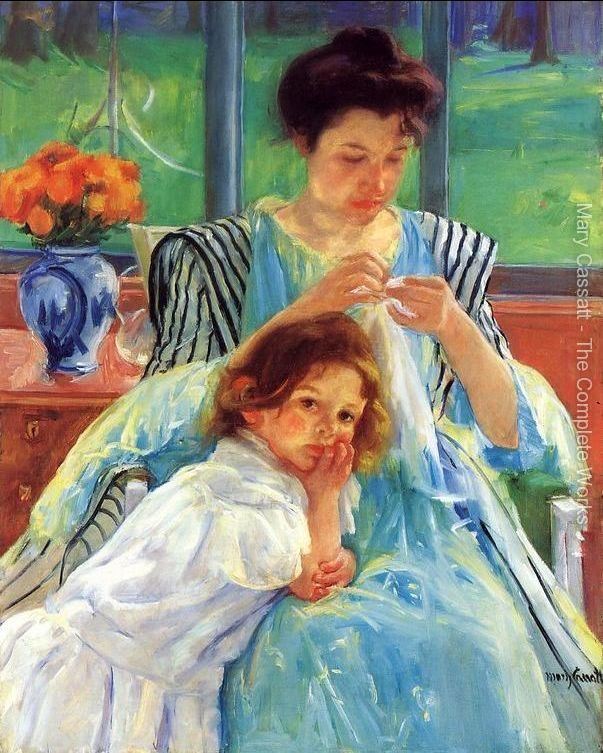
Young Mother Sewing by Mary Cassatt
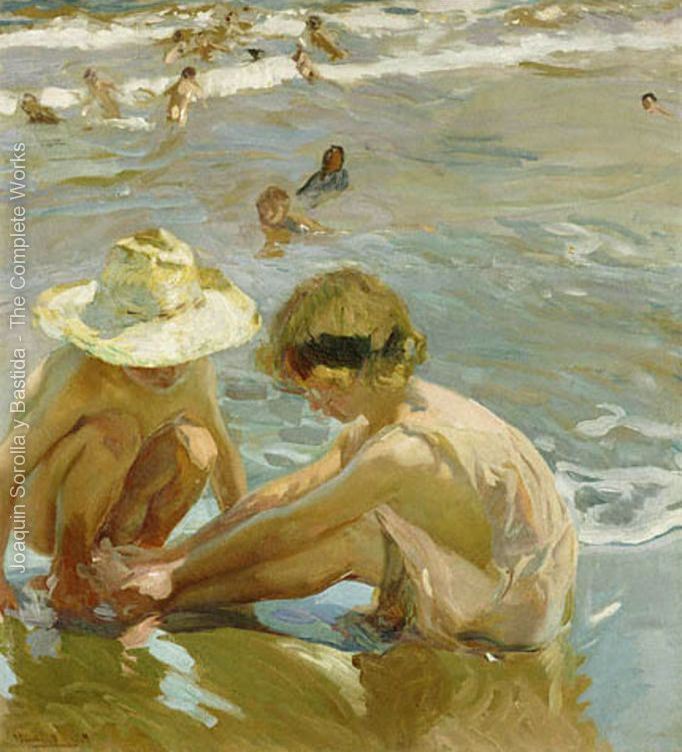
The Wounded Foot by Joaquin Sorolla Y Bastida
When The Love of Impressionism Hits Canada
“Art is long. Life is short. A picture can become for us a highway between a particular thing and a universal feeling.” - Lawren Harris
The Group of Seven, formed in Canada in 1920, is likely one of the most famous Impressionist groups begun outside of France for a few reasons. First, this group formed after the heyday of Impressionism in France, thus contributing to the revitalization of Impressionism in the Americas. Second, one of the people who is commonly associated with The Group of Seven, Tom Thomson, died under mysterious circumstances before the group was officially formed. Had Thomson lived, it would likely have been called The Group of Eight, not The Group of Seven.
Before we go further into discussing the members of this Canadian Impressionist group, we will indulge - for just a moment - in a little bit of conspiracy theory regarding Tom Thomson’s death. If you want to know more, you can certainly fall down a rabbit hole of research, but this artist’s end will likely remain just as mysterious as it did at the beginning of your investigation. So, here are two paragraphs of conspiracy - then it’s back to the main topic for us!
Tom Thomson was an en Plein air artist as well as an experienced woodsman, canoe man, swimmer, and guide through the wilds of Canada. Thomson died while fishing in a relatively placid lake. His canoe was found empty of his body, his kit bag, his fishing rod, and his provisions. His body was discovered nine days after his canoe was found, his fishing line wrapped around his left ankle and broken off. Further examination found that Thomson had a bruise over his left eye and that his ear had bled before his death. His death was ruled an accidental drowning, though no water was found in his lungs.
Many conspiracies surround his death. Rumors that a violent woodsman was living in the area where Thomson died swept through Canada at the time. Others say that he may have been murdered by poachers, bootleggers, or draft dodgers all taking residence in the woods. All-in-all, we will never know exactly what caused Thomson’s death. All we can do is mourn his loss from this earth and admire the work he left behind. C.W. Jefferys said it best when he stated about Thomson: “He almost became a legend even while alive. Genius is always something of a mystery. His sudden attainment to a masterly technique and a penetrating interpretation of our northern landscape, his recluse habits, his general reticence, all marked him as an original character.”
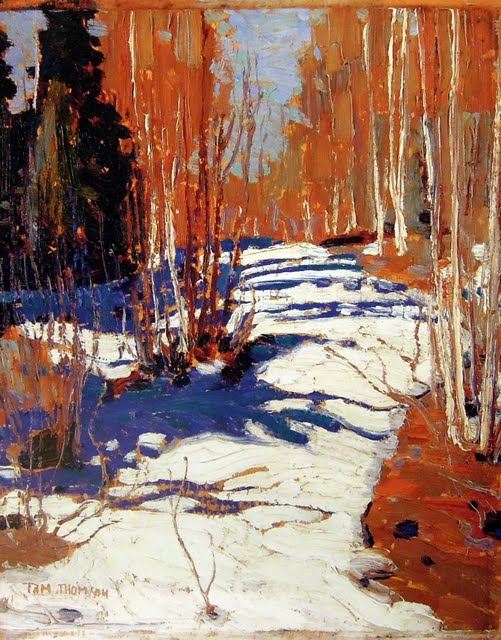
Path Behind Mowat Lodge by Tom Thompson
Now, on with the rest of our story:
The Group of Seven represents several artists who had worked with Thomson and who banded together in 1920 to paint professionally. The original group included Lawren Harris, J.E.H. MacDonald, Arthur Lismer, Frank (Franz) Johnston, Franklin Carmichael, Frederick Varley, and A.Y. Jackson. The original group was later joined by A.J. Casson, Edwin Holgate, and L.L. Fitzgerald.
This Group painted with each other, learned from each other’s techniques, and revitalized Canada’s art scene in the 1920’s. Their subject was the rugged Canadian landscape - a place rarely depicted in art at the time.
Many of the Group members had backgrounds in the commercial art world - five of the group having met at a Toronto design firm called Grip Limited. Between this group of friends working at Grip Limited and friends found at the Arts and Letters Club of Toronto, a rag-tag artistic think-tank was forming. They scattered during World War I, with Jackson and Varley serving as war artists.
After the war, the seven friends began to paint together once again. Though they were all inspired by European Impressionism and they all worked to portray landscapes and rural scenes, they each developed their own styles and techniques. However, when the work of The Group of Seven is viewed as a whole, one can see the consistency of subjects (rural to completely virgin Canadian landscapes) and even spot the influence of one upon the other.
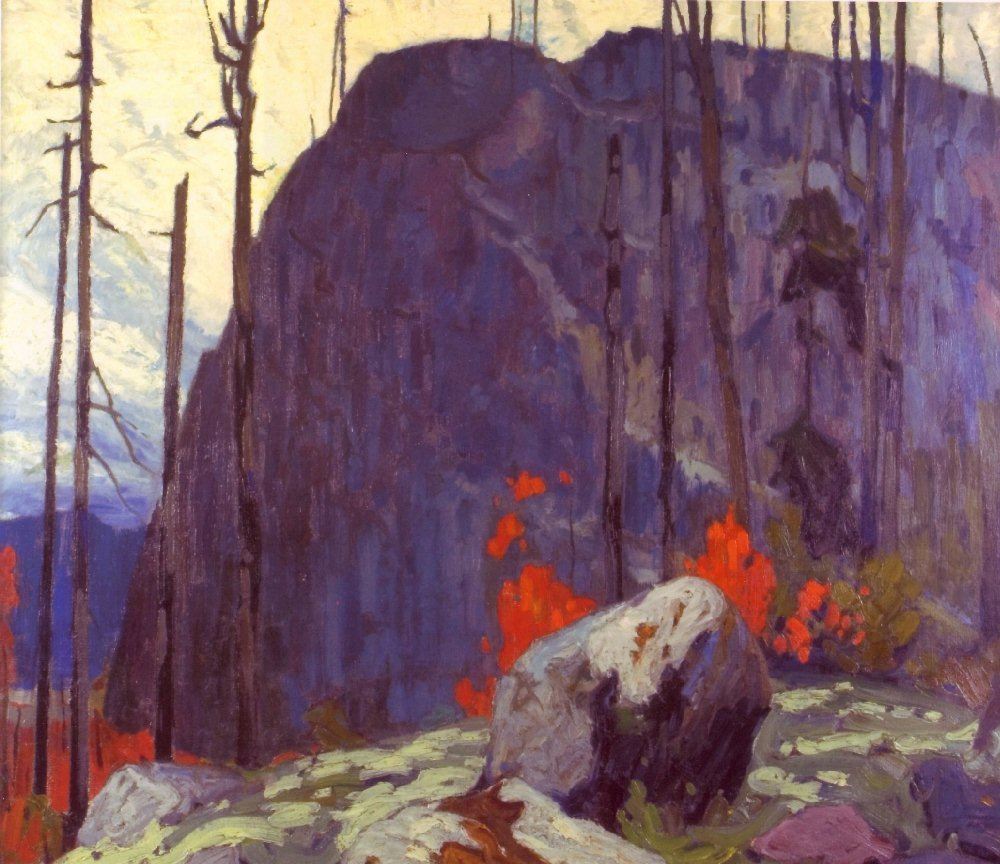
Algoma Hill by Lawren Harris
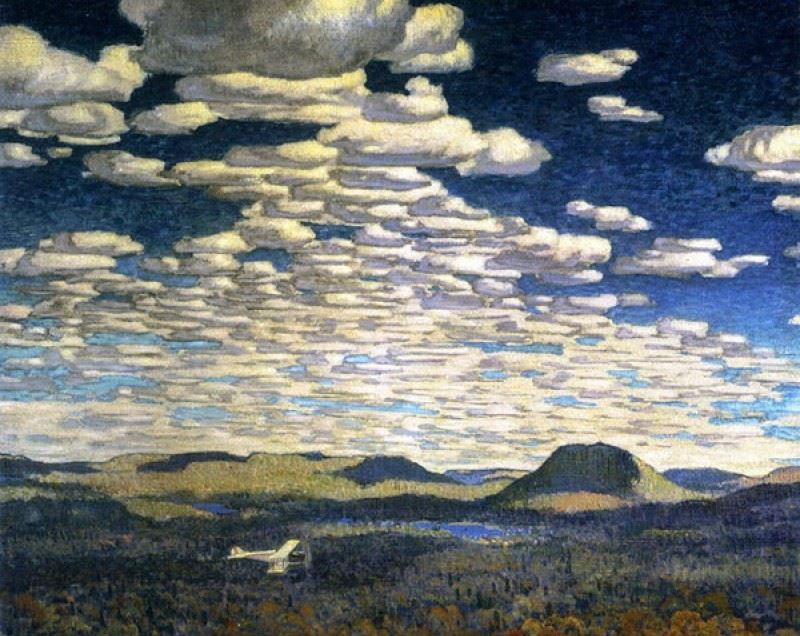
The Fire Range by Frank Johnston
While the Group of Seven officially disbanded in 1932, members of this group trickled in and out during its life, with different shows allowing a variety of local, Canadian artists to showcase their pieces. The art displayed in the Group of Seven exhibitions featured pieces created all around Canada - from the coast to the Arctic. In fact, members of the Group of Seven were the first artists of European descent ever to paint the Arctic.
The Group of Seven’s last show took place in 1931, and the Group officially disbanded in 1932, but former members continued to paint, some even helping to form a new group of Canadian artists, The Canadian Group of Painters.
Open Impressionism
“I consider my paintings an opportunity to share with the world my vision of the natural world, up close and personal.” - Erin Hanson
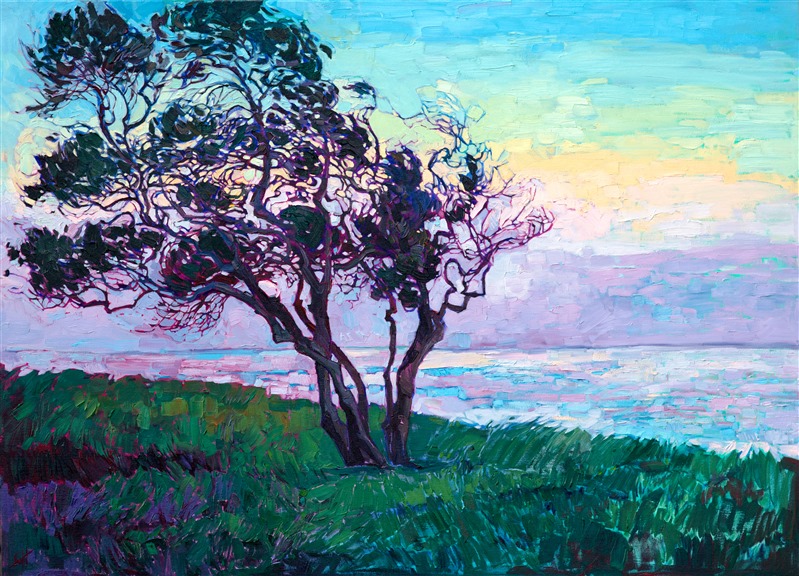
Coastal Dawn by Erin Hanson
Open Impressionism is a form of modern Impressionism created by Erin Hanson. While original Impressionist paintings used many strokes of the paint brush or pallet knife, and Neo-Impressionist pieces used tiny dots of color that only form a whole picture once one steps back, Open Impressionism values economy of paint strokes.
The focus of every Open Impressionist painting is how light plays upon the world surrounding us. Because of this, the texture of the painting and the spontaneity of brush strokes are absolutely essential to the overall work. Light, by its very nature, is constantly changing and spontaneous. This is captured in Open Impressionism not only in color choice and economy of motion - but in the textured ridges of paint applied to canvas.
The textured surface of the painting allows light to play an active role in the art for, as the day passes and the light changes, so does the look of the painting itself. The same piece will take on a different tone and feel on a cloudy day than it does on a sunny day.
Because of the active, live feel of every Open Impressionist painting, texture is one of the key ingredients to this style. This is why we encourage those who love these paintings to see the real pieces, up close and personal. While a picture on the screen can capture the color, the spontaneity, and the long, determined strokes of the painting - only a view of the original piece can allow the observer to see the active role light plays on each piece.
Article by Julia Shaw.
Refs:
Impressionist Painting, Its Genesis and Development by Wynford Dewhurst
Benezit Dictionary of Artists by Oxford University Press
Paddle and Palette (The Story of Tom Thomson) by Blodwen Davies
Archives of Ontario
The Death of Tom Thomson, Canadian Artist by Edwin C. Guillet
Hutchinson Encyclopeia
The Art Story
Met Museum
Art History Archive
CTV News
Canadian Mysteries
Mc Michael
NY Times
Discover the artist at the forefront of modern impressionism.

About Erin
ERIN HANSON has been painting in oils since she was 8 years old. As a teenager, she apprenticed at a mural studio where she worked on 40-foot-long paintings while selling art commissions on the side. After being told it was too hard to make a living as an artist, she got her degree in Bioengineering from UC Berkeley. Afterward, Erin became a rock climber at Red Rock Canyon, Nevada. Inspired by the colorful scenery she was climbing, she decided to return to her love of painting and create one new painting every week.
She has stuck to that decision, becoming one of the most prolific artists in history, with over 3,000 oil paintings sold to eager collectors. Erin Hanson’s style is known as "Open Impressionism" and is taught in art schools worldwide. With millions of followers, Hanson has become an iconic, driving force in the rebirth of impressionism, inspiring thousands of other artists to pick up the brush.